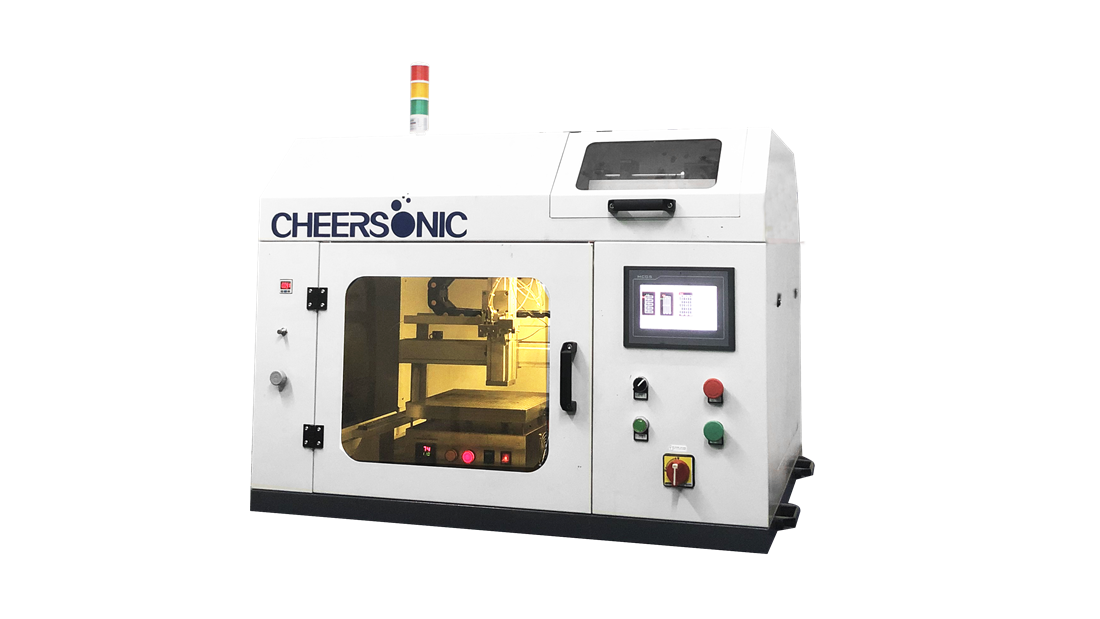Ultrasonic Benchtop Fuel Cell Catalyst Coating System
Automatic Ultrasonic Coating System – Cheersonic
If you are a scholar in the fuel cell field, and if you are studying for fuel cells in the lab. We will suggest the UAM4000L ultrasonic benchtop fuel cell catalyst coating system.
This desktop ultrasonic spray coating equipment can be used to do various experiments on fuel cells, such as membrane electrode coating preparation, spray coating on various types of carbon paper, and spray various types and concentrations of catalysts. This equipment is dedicated to the laboratory, compact and versatile.
Comments
Post a Comment